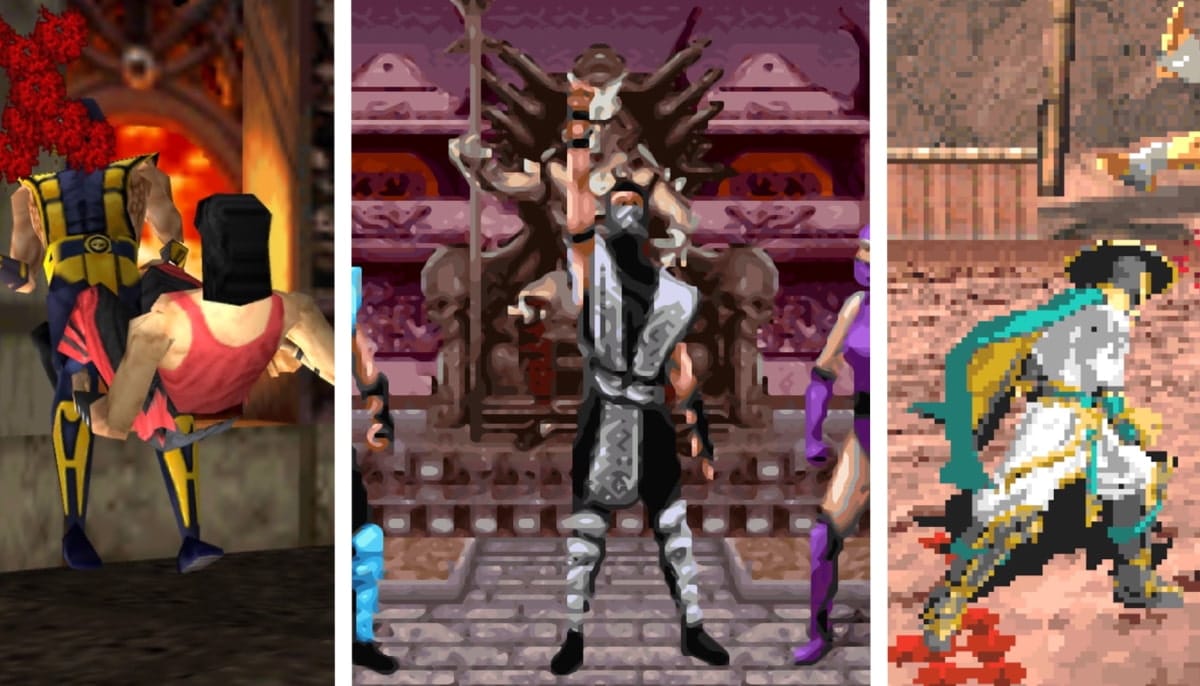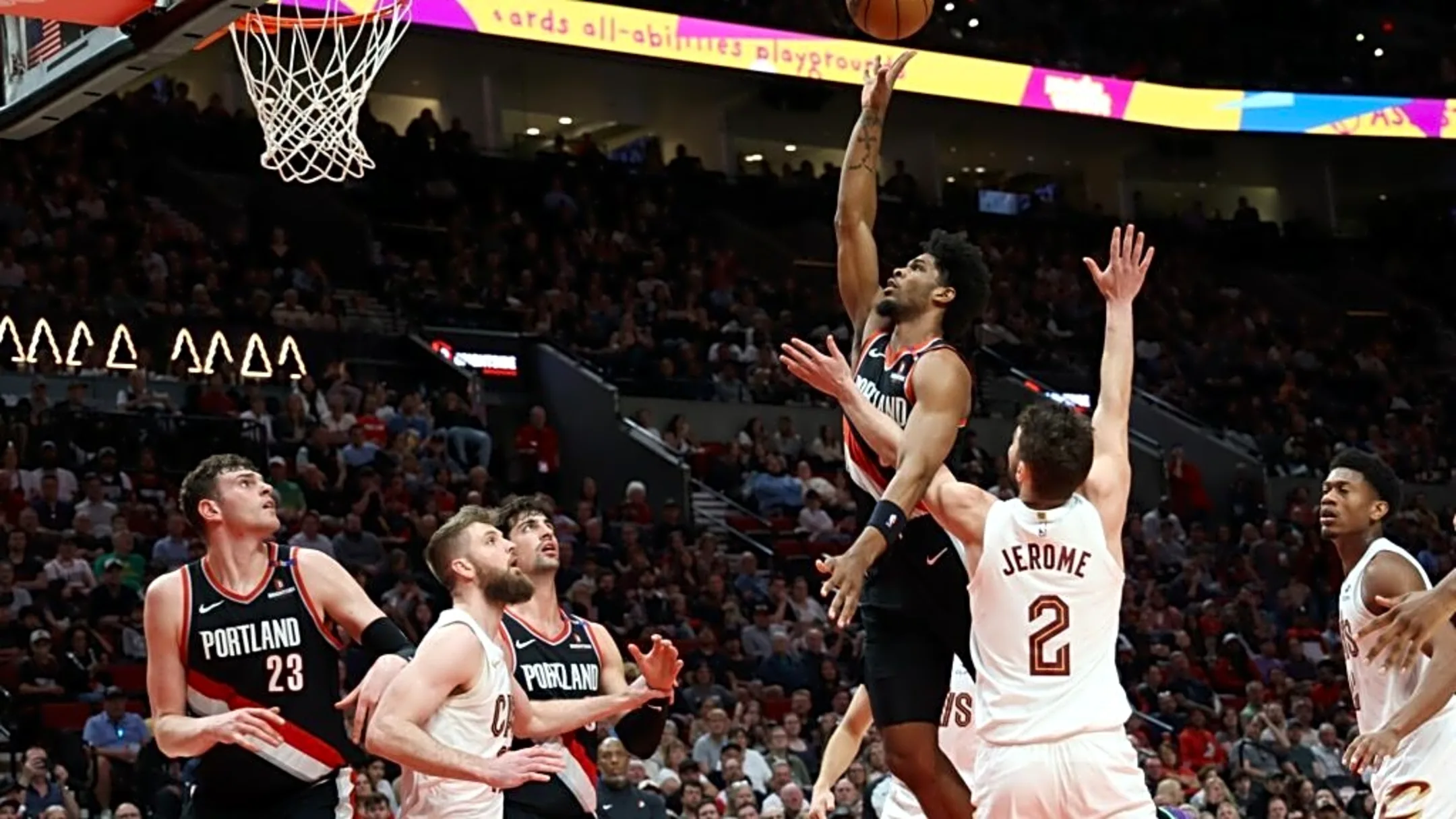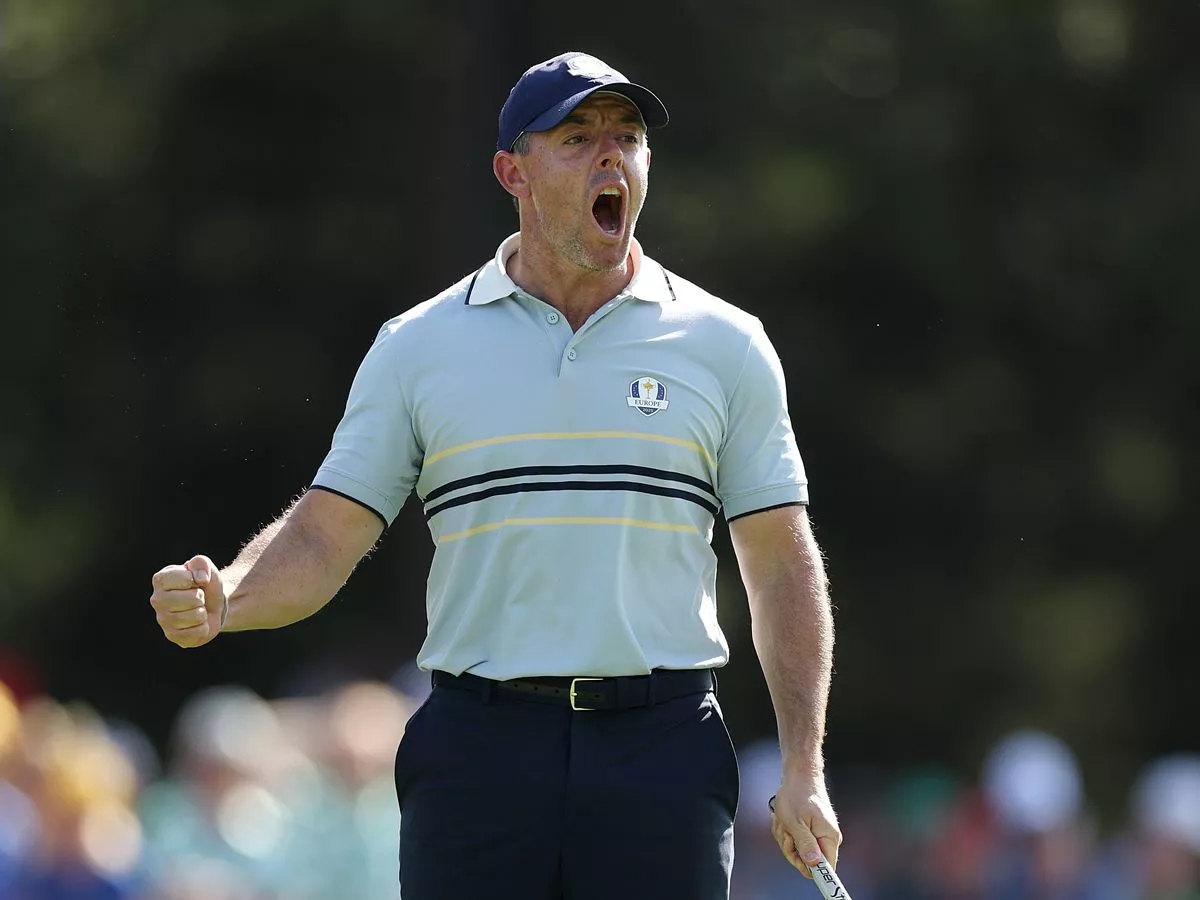Copyright escapistmagazine

Mortal Kombat Legacy Kollection is the latest compilation of Klassic Mortal Kombat games. Featuring 11 titles from the series’ past, players can also try out fatalities thanks to a helpful tutorial, easily unlock cheats like secret fighters and modes, and lots more. However, for those new to the series, it could be difficult to tell some apart, especially as Mortal Kombat 3 appears essentially three times in this collection. With plenty to play once the Legacy Kollection arrives on October 30 for PlayStation 4 and 5, Xbox Series S/X, Nintendo Switch 2, and PC, we’re ranking every game featured, from worst to best. The Escapist recaps Developed by Midway, then NetherRealm, Mortal Kombat debuted in 1992 for arcades, becoming a smash hit, before arriving on many home consoles of the era. Mortal Kombat Legacy Kollection comes out on October 30, which includes 11 games from the series’ past, as well as interviews, help with moves, and more. Around 100 million copies of the series have been sold since its 1992 debut. The latest title in the series, Mortal Kombat 1, came out in 2023 to an average reception, with many noting how its nonsensical plot became detrimental. The newest Mortal Kombat movie, Mortal Kombat 2, arrives May 8, 2026. All Games Ranked 10. Mortal Kombat Mythologies: Sub-Zero As the first spinoff of the series, 1997’s Mortal Kombat Mythologies: Sub-Zero should have been a showcase of how well MK could work outside of the fighting genre. Instead, the game buried that chance before it truly began. The platformer had players take control of Sub-Zero across a variety of levels, but you would likely give up playing within the first hour. A multitude of faults are to blame here. First, the controls make even turning Sub-Zero around into a frustrating chore. Jumping between platforms can be very unfair, leading some to fall to their death. Hitboxes when trying to defeat enemies would also change on the fly, too. All in all, it would be a disappointing debut, but we do wonder how the Legacy Kollection release will try to make Mortal Kombat Mythologies: Sub-Zero less frustrating to play. The acting however, is a B-movie joy to behold. 9. Mortal Kombat: Special Forces Mortal Kombat: Special Forces was a game so bad that the original developer, Midway, put the entire series on hold until it was absolutely ready to release the fifth mainline title. Released in 2000 for the PlayStation, you take control of Jax, the steel-arm fighter, where you run and shoot around five levels in dark and dingy environments. The controls are slightly better compared to Mythologies: Sub-Zero, which is why it’s higher than the game in this list, but don’t let that fool you. Long loading times, very sparse and boring areas, as well as terrible fight mechanics made this one to avoid when it was originally released. 8. Mortal Kombat Advance In the early 2000s, the Game Boy Advance handheld was powerful enough to feature ports from the Sega Genesis and SNES consoles, but 2001’s Mortal Kombat Advance was a downgrade in many areas. Being a port of Ultimate Mortal Kombat 3, you can still play as all 23 characters, but all of them control like they’re sleepwalking through treacle. Stiff and slow, it’s more frustrating to pull off special moves here. The opponent AI is very frustrating too, as it’s far too slow when reacting to moves. Plus, the music sounds terrible, with the same track usually played with low-quality beeps and stops. Ultimately, the GBA wasn’t console enough to handle UMK3. 7. Mortal Kombat 3 Can you imagine a brand new Mortal Kombat game that doesn’t feature Scorpion and Kitana? In 1995, Mortal Kombat 3 made that a reality, receiving a disappointing reception overall. The title basked in a more gritty art style than before, with levels set in places like a bank, a skyscraper roof, and more. The graphics were sharper here, too, with more detailed animations, allowing for more fatalities and new kinds, like the combo-bashing brutalities, and Friendship, where a few button presses will offer a friendly gift to the opponent in some odd ways. The lack of classic Mortal Kombat characters, frustrating combos, and heavy lag when using Shang Tsung to transform into another character resulted in a game that marked the moment for many when the series began to lose its way. However, it did nail the Earth invasion vibe. 6. Mortal Kombat: Deadly Alliance In 2002, Mortal Kombat: Deadly Alliance was a return to form for the series, at least, the version on PS2 was, but the GBA version did the best with its limited tech. Featuring 21 characters and two secret fighters, the GBA port did an admirable job or providing an old-school MK experience but with new characters and stages. Today, this version feels like a de-make of Deadly Alliance, which has become part of its charm. 5. Mortal Kombat 4 As the 1990s were winding up, almost every franchise was making the move to 3D, due to the huge successes of Super Mario 64, Tomb Raider, and others earlier in the decade. Mortal Kombat 4 was another example of the 2D to 3D move, taking the gore, fatalities, and special moves to a three-dimensional plane, and it mostly succeeded. Featuring 15 characters, with seven of them being brand new, plenty more variety was here, as well as the ability to use weapons or use some objects scattered around some levels. By its 1997 release, however, other titles like Tekken 2, Dead or Alive, had already blown past MK4, leaving it to be an okay fighting game, but it added nothing to the 3D genre. 4. Mortal Kombat Trilogy Mortal Kombat Trilogy is the Super Smash Bros. Ultimate equivalent of, “They’re all here!” First created as an update to Ultimate Mortal Kombat 3, it was instead given a full release in 1996. It features almost every character from the first three titles, as well as a new one called Chameleon. As a bonus, Digital Eclipse has fixed a long-standing issue with Shang Tsung here. In the PlayStation version, transforming into another character would cause everything to freeze, in order for the game to load up the form. Not anymore in Legacy Kollection, as there are no loading times. Ultimately, Trilogy is a great time, honoring the first three titles wonderfully. 3. Ultimate Mortal Kombat 3 Midway saw the error of its ways with Mortal Kombat 3, hurriedly releasing Ultimate Mortal Kombat 3 just seven months later. Four characters returned, which included Scorpion, Reptile, Kitana, and Jade, as well as three secret fighters, only unlockable by the Kombat Kode, found before a two-player match. But there were more improvements to be found. The opponent AI had been given some love, as well as adding a new extra-hard ‘Master’ difficulty, new backgrounds for existing levels, and an eight-player Tournament mode. All of these made Ultimate Mortal Kombat 3 a worthy improvement, with plenty to like, although it all should have arguably been in the original game. UMK3 was the true MK3. 2. Mortal Kombat Mortal Kombat, released in 1992, arguably began a part of the 90s that revolved around gore. A year after Street Fighter II’s release, players could punch, kick, and perform a ‘Fatality’ to finish their opponent in a variety of horrific ways. With seven characters to choose from, each with their own abilities and finishers, it only added to the game’s replayability. What made Mortal Kombat special wasn’t just the gore. It was the graphics, characters, the music, the controls inspired by Street Fighter II, and the whispers of secrets that put the series on the map. Being released on every system imaginable at the time, it was hard to avoid Mortal Kombat’s influence, but proof just how successful it was, and still is. 1. Mortal Kombat II Mortal Kombat II, released just a year after its predecessor, is a perfect example of how to do a sequel. Featuring 12 playable characters, with five of them being brand-new, you can also try to reveal the three hidden fighters. There’s plenty here, such as new moves, fatalities, and new ways to finish your opponent, like Brutalities and the strange Babalities. Everything felt more refined, and when it came to Mortal Kombat II’s home ports, none of them felt compromised. Even the Game Boy version was great to play, which is likely why it’s included in the Legacy Kollection. Combined with the two challenging but great bosses to fight, Mortal Kombat II is the definition of why the series is still relevant, all these years later. Mortal Kombat 2 is where the series really started to gain traction and become a household name. Ask The Escapist



